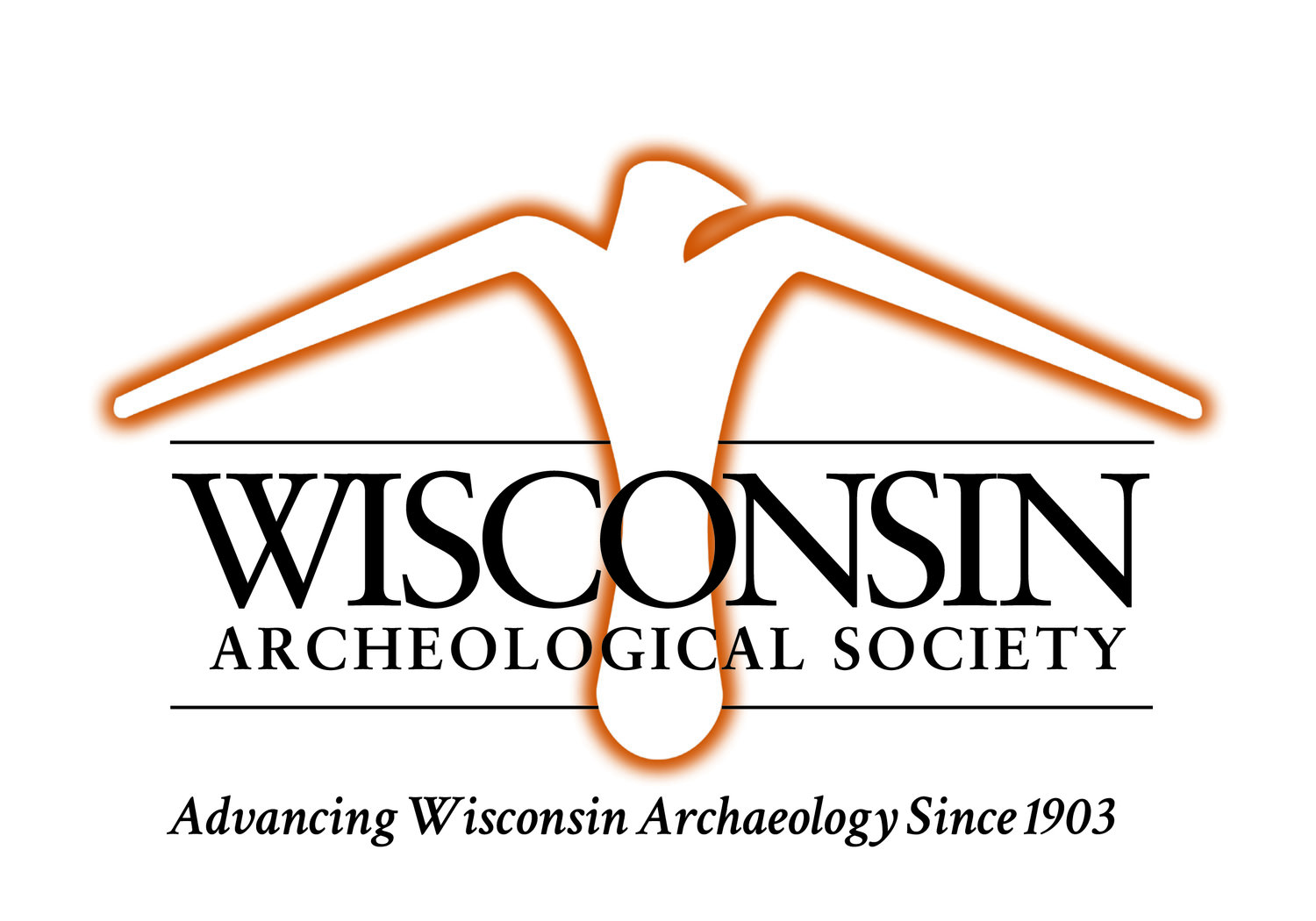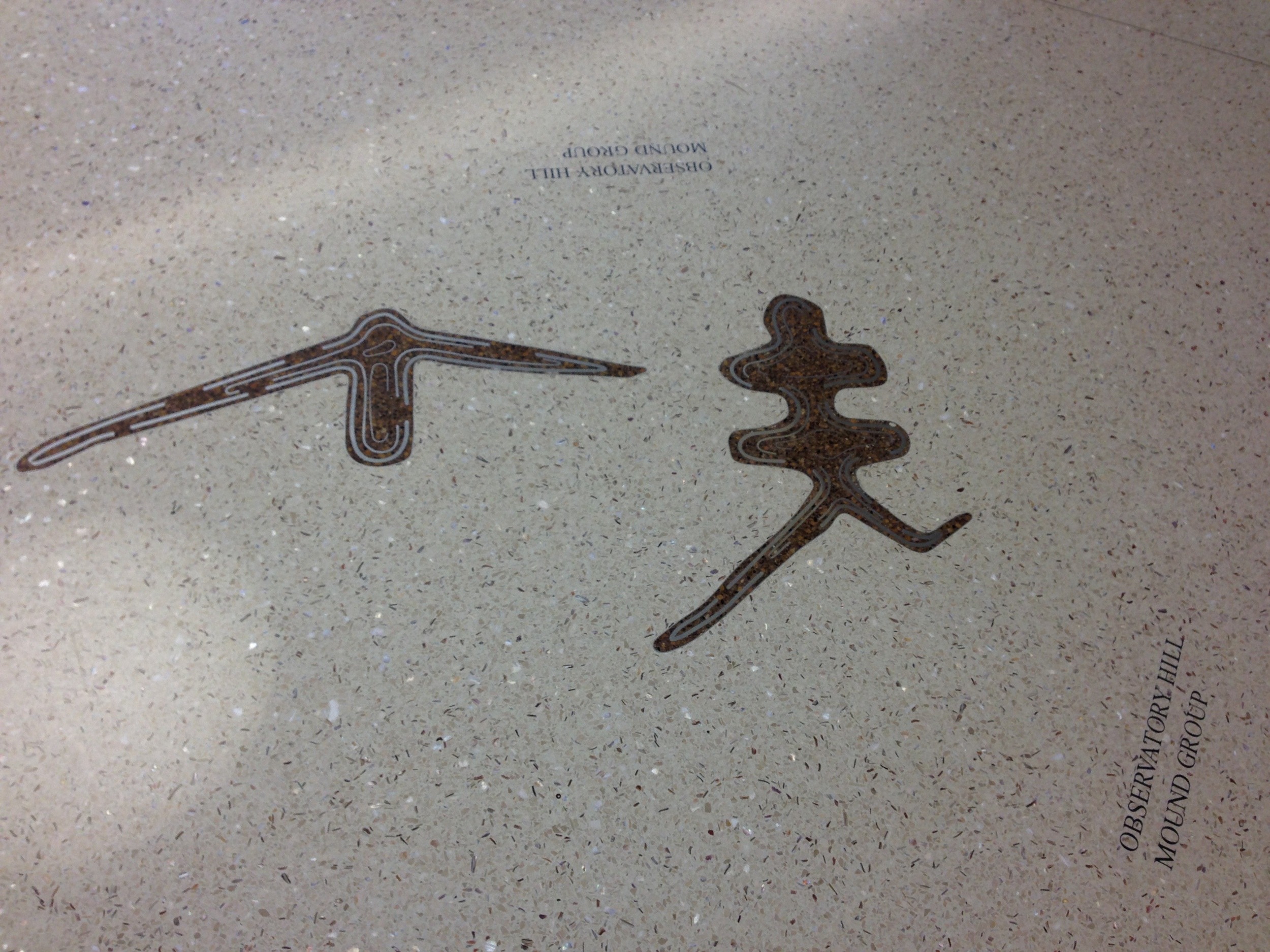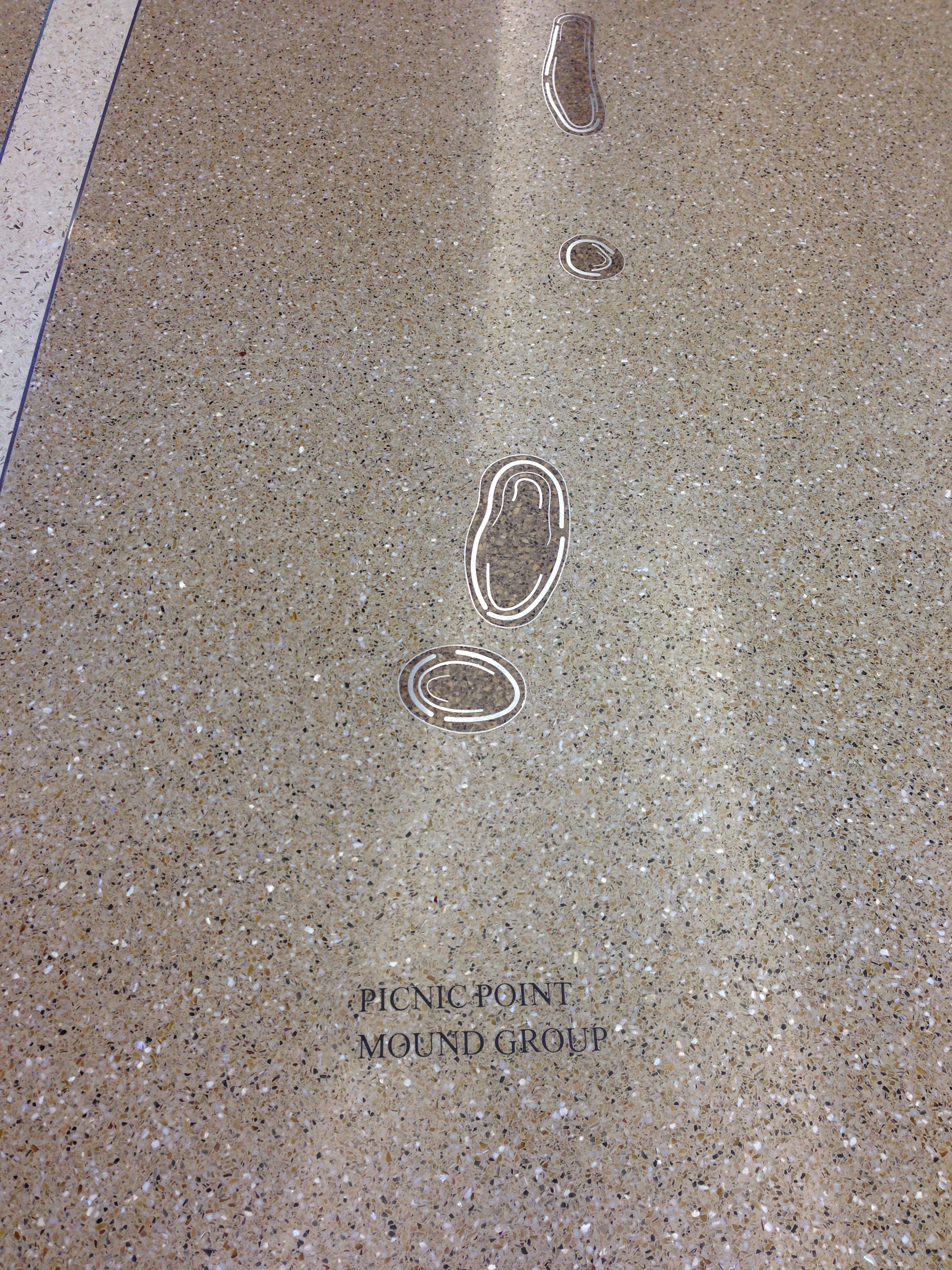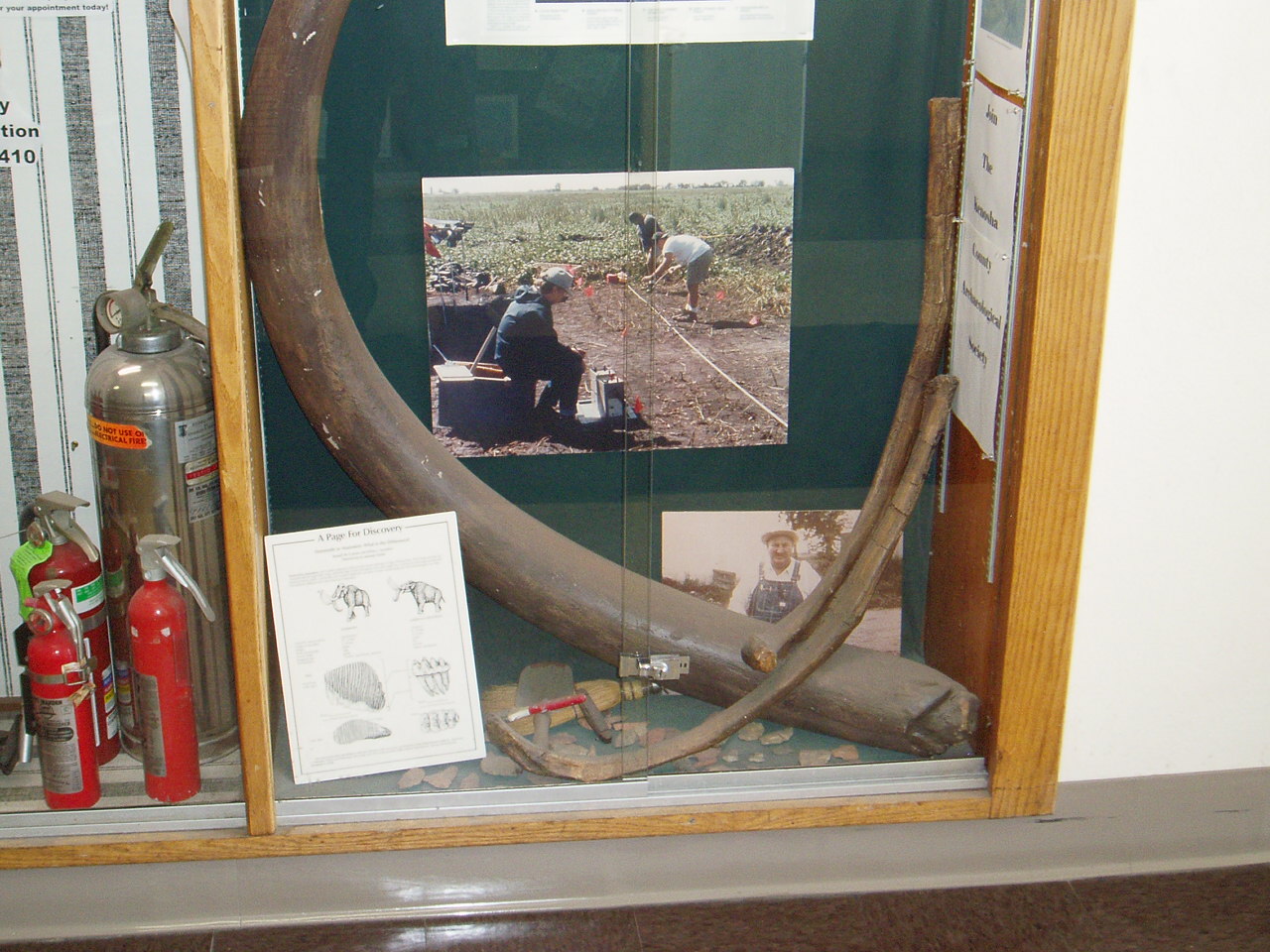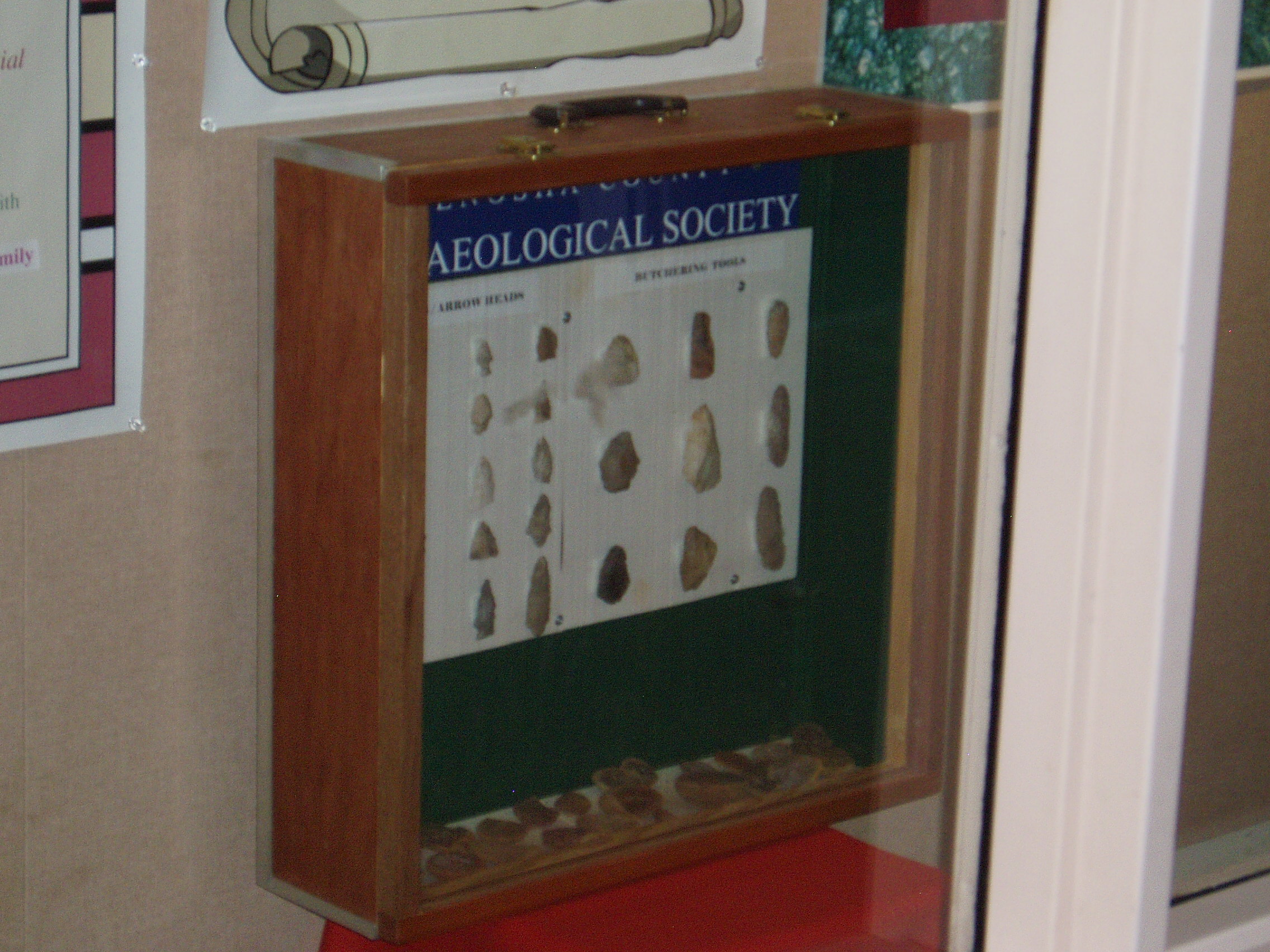The Kenosha County Archaeological Society (a local chapter of the Wisconsin Archeological Society) has installed two new public displays - one at the Kenosha Municipal Building, and the other at the Northside Library. The displays contain information about a wooly mammoth discovery and excavation as well as information about the Kenosha county Archaeological Society.
Located in the cases are pictures of the mammoth dig site along with replica tusk and rib bones. The displays also feature stone projectile points and tools.
The display at the Kenosha Municipal Building is a permanent fixture, while the Northside Library display will be available for public viewing for one month. The Municipal Building display was constructed by Daniel Stika, and the Northside Library display was installed by Daniel Stika and Roger Ludlow.
To submit a news story, send an email to contact@wiarcheologicalsociety.org with "News Submission" in the subject line.
